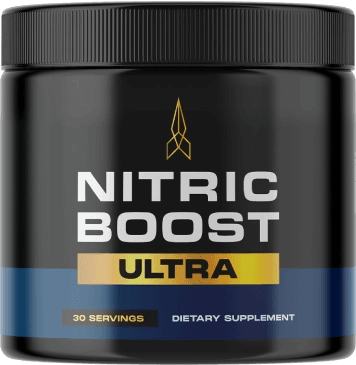Use the Hand Portion Method (Simple & Visual)
This is one of the easiest and most effective tools for portion control—no numbers needed.
| Food Group | Portion Size | For You |
|---|---|---|
| Protein (chicken, fish, tofu) | Palm of your hand | 1–2 per meal |
| Carbs (rice, potatoes, fruit) | Cupped hand | 1–2 per meal |
| Fats (nuts, oils, avocado) | Thumb | 1–2 per meal |
| Veggies (leafy greens, broccoli) | Fist | 1–2 per meal |
✅ Tip: Men may need 2 servings per meal, women 1 serving, depending on goals.
🍳 2. Prioritize Protein + Veggies at Every Meal
This combo keeps you full, helps preserve muscle, and reduces cravings.
Make half your plate veggies, and include a palm-sized protein source:
- Chicken, fish, eggs, tofu, tempeh, Greek yogurt, legumes
This naturally lowers your calorie intake without tracking anything.
🚫 3. Cut Liquid Calories and Sneaky Add-Ons
The fastest way to unknowingly overeat is through drinks and “extras.”
Avoid or reduce:
- Sodas, fruit juices, sugary lattes
- Creamy dressings, excess oil, butter
- Big handfuls of nuts (stick to one small handful per snack)
Stick with:
- Water, black coffee, herbal tea, sparkling water
🧘 4. Eat Slower & Stop at 80% Full
Most people overeat because they eat too fast.
Train yourself to:
- Put your fork down between bites
- Wait 10–15 mins before getting seconds
- Check in: “Am I satisfied, or just eating to finish?”
This naturally reduces your intake without needing a calorie cap.
🛒 5. Choose Whole Foods Most of the Time (80/20 Rule)
If 80% of your meals come from real, unprocessed foods—you’re likely in a calorie deficit without counting.
Build your diet from:
- Lean proteins
- Veggies & fruits
- Whole grains
- Healthy fats
- Water
And allow yourself 20% flexibility (pizza, chocolate, etc.)—this helps you stay consistent long-term.
🥗 6. Plate Your Meals Strategically
Use the “Balanced Plate Method” at every meal:
- ½ plate: Vegetables or salad
- ¼ plate: Protein
- ¼ plate: Complex carbs or healthy fats
This keeps calories in check naturally and ensures balanced nutrition.
🏃 7. Walk More, Stress Less
You don’t have to burn calories with intense workouts—just move consistently.
- Aim for 8,000–10,000 steps/day
- Light walks after meals help digestion and blood sugar
- Bonus: Lower stress = lower cravings
🧠 8. Build Awareness Without Obsession
Instead of tracking every calorie, try:
- Journaling meals (write what and why, not numbers)
- Taking pictures of your meals to review later
- Using hunger/fullness scales to stay mindful
✅ Example Fat-Loss Meal Plan (No Calorie Counting)
Breakfast
- 2 eggs + 1 slice whole grain toast + spinach
- Black coffee or tea
Snack
- Greek yogurt + a few berries
Lunch
- Grilled chicken (1 palm)
- Roasted veggies (1 fist)
- Brown rice (1 cupped hand)
Snack
- Apple + 1 tbsp peanut butter
Dinner
- Salmon (1–2 palms)
- Steamed broccoli + sweet potato
- Olive oil drizzle (1 thumb)




